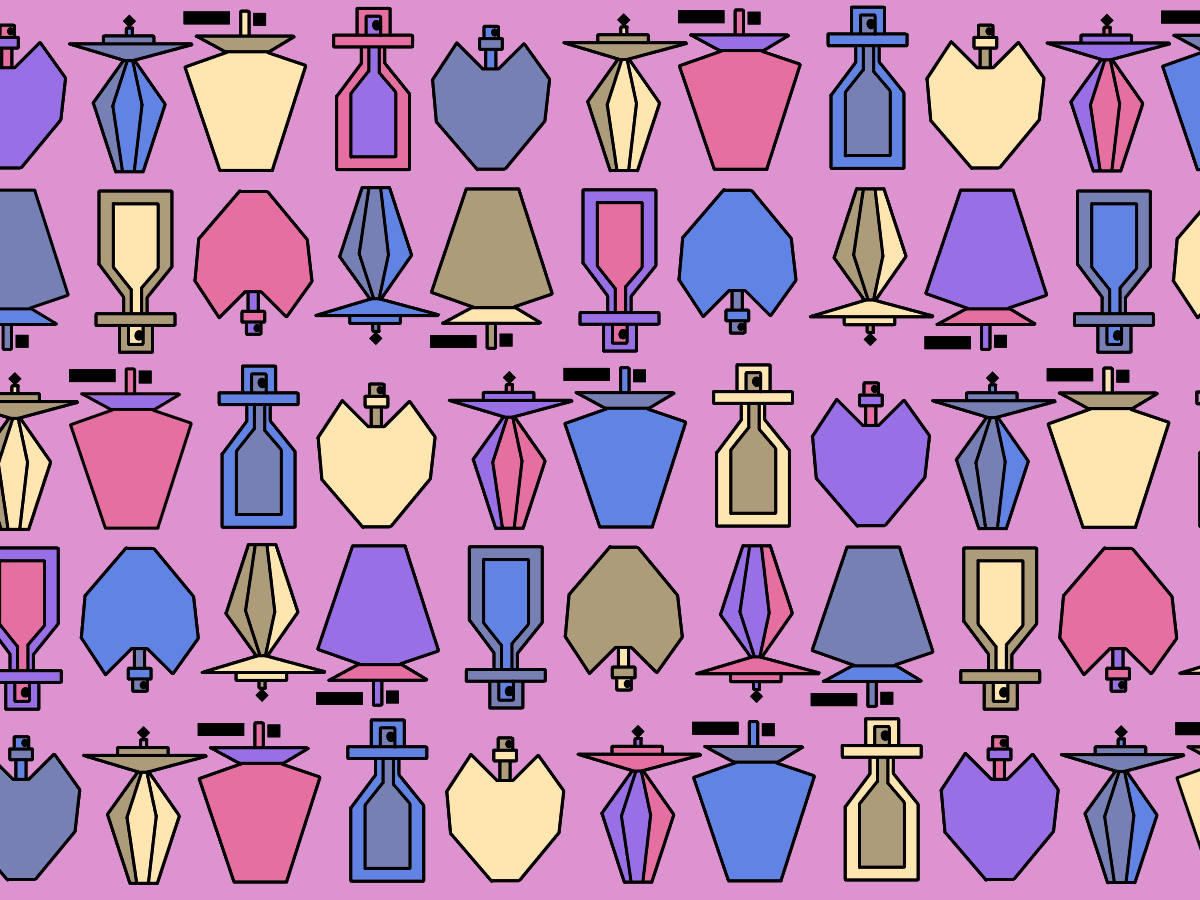If you spent $425 on a bottle of Baccarat Rouge 540 but didn’t get a compliment, did it ever really happen?
I never used to be someone who cared much about fragrance — I probably owned three Bath & Body Works body sprays my entire teenage life, and since then, I’ve pretty much been a shower and out-the-door kind of gal. But, while others were baking bread or practicing their French in the latter half of the pandemic, I was starting down a much less productive, and much more expensive, road.
Recently, I’ve been falling deep into the spending hole that is perfume. Ever since stumbling on the #Perfumetok hashtag on TikTok, a new consumption-based hobby has taken hold of me, and I can’t say I’m mad about it.
I do largely blame TikTok for this (among many of my other ills). The platform is nothing if not amazing at selling you a very specific aesthetic goal over and over again. If Emelia, aka Professor Perfume, tells me that all I need to do to radiate “femme fatale” energy is to wear Mugler’s Alien — well, she makes a good point.
In this way, fragrances function just like any other branded commodities — you buy them for the name and bottle as much as you buy for scent. According to Allure, in some cases, the perfume is actually developed with the bottle’s shape and colour in mind before the scent inside is even formulated. Fabien Baron, the designer, photographer, and filmmaker behind Calvin Klein’s CK One fragrance told Allure that a perfume’s image is generally more important than the scent itself when determining the success of a fragrance launch.
Further, with the perfume industry being largely dominated by premium (ie. designer and niche house) perfumeries, there is a lot of money to be made from a good branding strategy to go along with your product.
However, as the consumer, once you leave Sephora and actually begin to wear the perfume in your everyday life, are you actually communicating this expensive purchase to anyone else?
Sure, I could clock a sniff of $166 By the Fireplace by Maison Margiela walking down the street, but I admit that my perfume nerdiness is not the default. Even when wearing the most famous and luxurious perfumes, to most people, you’re just someone who smells nice, not someone with $210 to throw at a bottle of Tobacco Vanille by Tom Ford. With that being said, is perfume necessarily a conspicuous consumption?
It’s hard to say. When I think of why I like to buy perfume, it’s difficult to find a distinct answer. If it was just about smelling nice, surely I would be okay with just buying some essential oils off of Amazon and calling it a day, right? But I don’t, I have to buy Glossier You.
It’s not that I even like Glossier as a company. I find many of their makeup products to be overpriced and underperforming, and their corporate governance has been marred by controversy. I know that the millennial pink branding and Instagram full of cool influencers’ impossibly “clean” glowy skin is simply a marketing strategy. Yet, I still paid $60 USD for their Glossier You perfume.
Despite the fact that maybe one out of hundreds of people would know that when I walk down the hall smelling of a faint, powdery, peppery musk, it is in fact due to Glossier, I still feel trendy wearing it. And that’s tied to the name more than the scent itself.
So here perfume becomes both conspicuous and inconspicuous — you’re always influenced by the bottle and marketing strategy, even when you are not outwardly advertising your purchase to anyone.
While I pat myself on the back for being a conscious consumer, aware of branding strategies and the power of influencer marketing, this recent trip down the financial rabbit hole that is a perfume addiction has shown me that we’re all a bit susceptible to the hype. But, that’s not going to stop me from visiting Sephora.com now is it?
Feature graphic by James Fay




